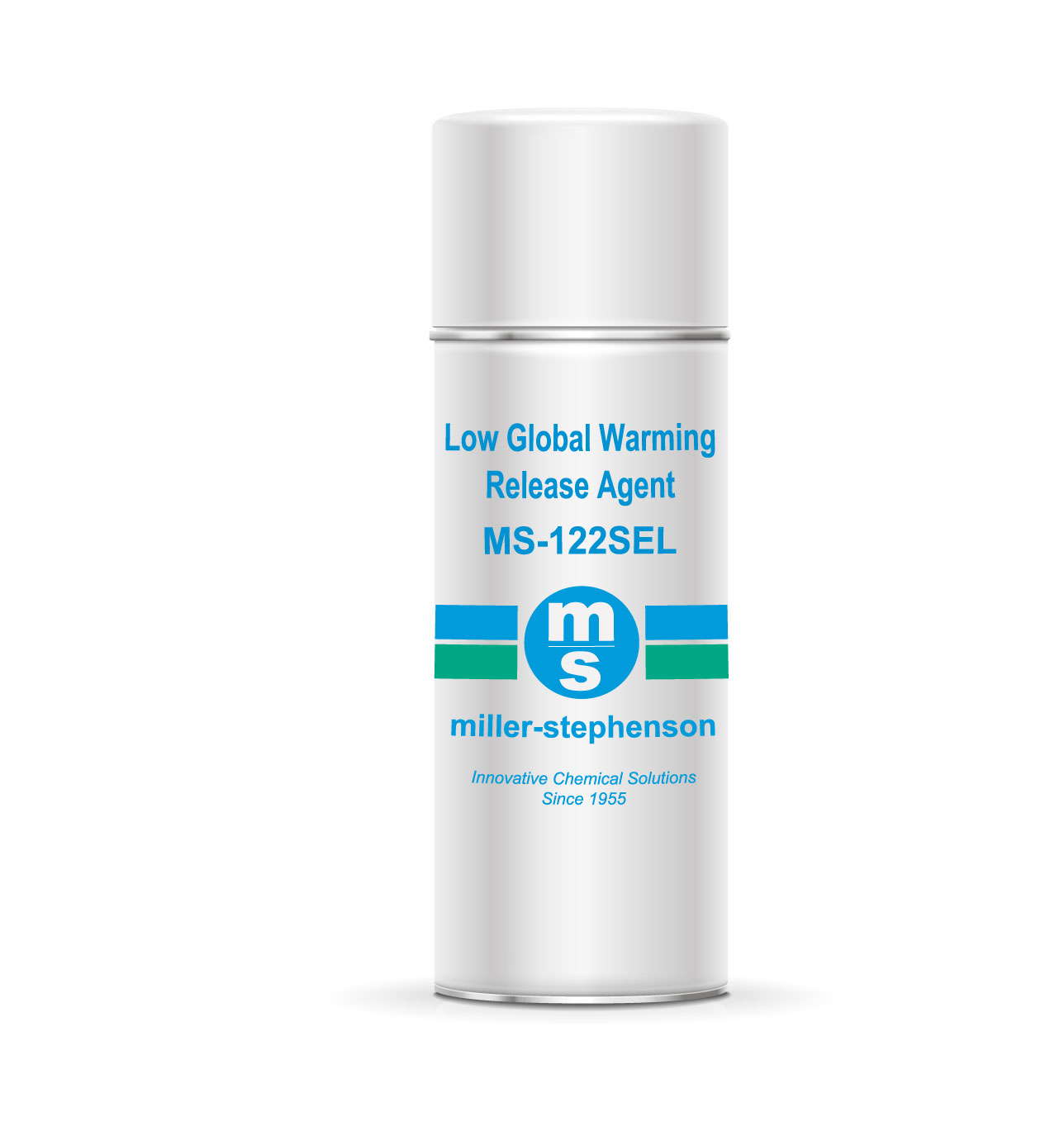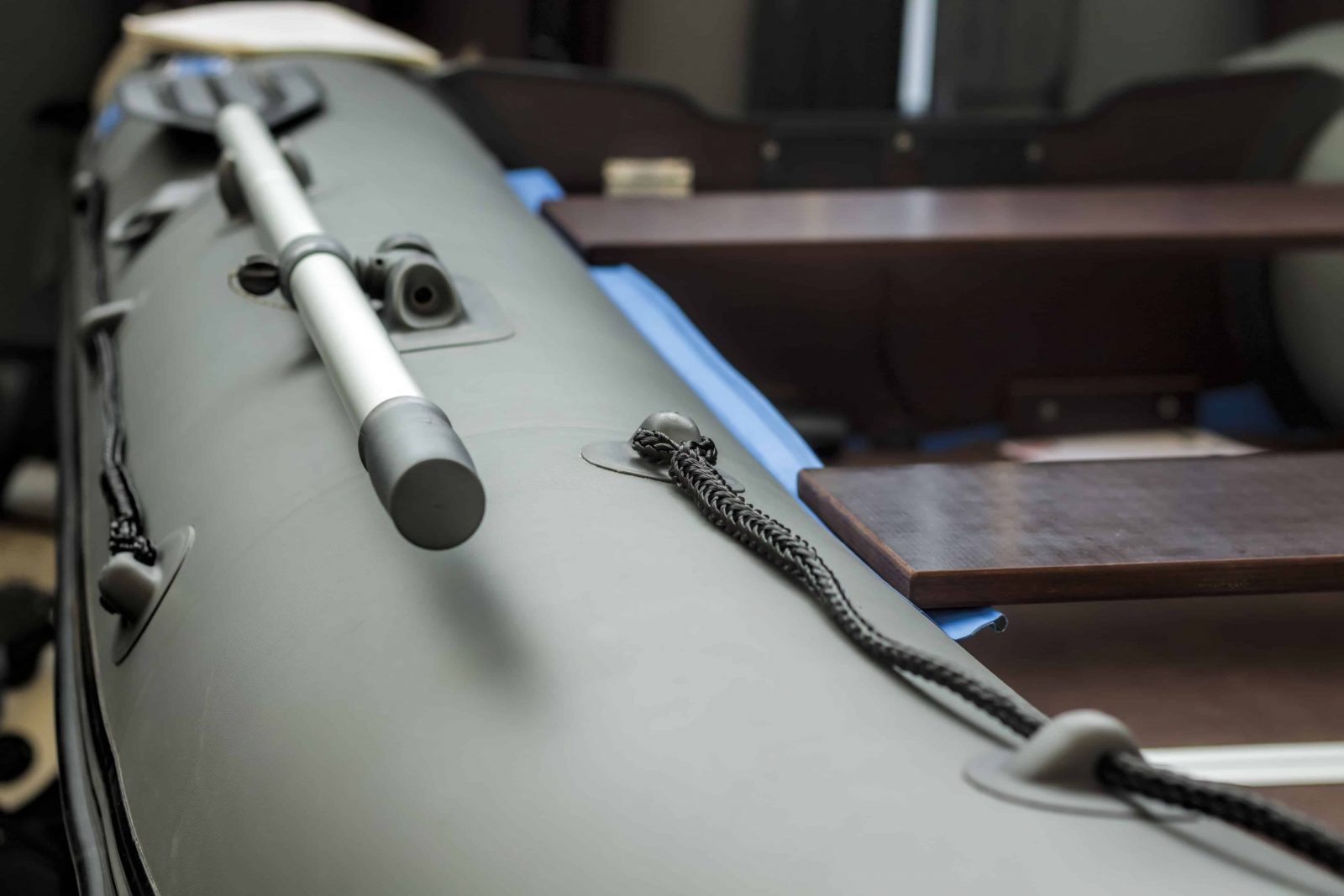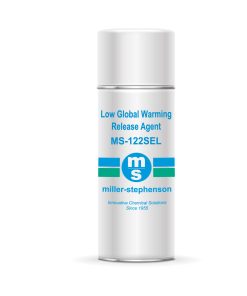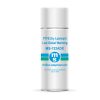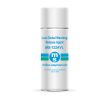No products in the cart.
Low Global Warming Release Agent | MS-122SEL
$56.67
MS-122SEL is an eco-friendly, low-global warming formulation of MS-122SE. All performance and application characteristics are maintained

SKU: A122SEL
Category: PTFE Aerosol (MS-122)
CLICK HERE TO CHAT WITH AN EXPERT ABOUT THIS PRODUCTLow Global Warming Release Agent | MS-122SEL
MS-122SEL Low Global Warming mold release agent (LGW) formulation that has high performance, high solvency mold release agent utilizing PTFE fluoropolymers (polytetrafluoroethylene) specifically designed for unsurpassed adhesion to mold surfaces and extended durability. The proprietary solvent blend ensures that proper wetting, leveling, and surface preparation occurs when applied yielding a durable, uniform thin-film. MS-122SEL offers the following benefits:
- Superior adhesion to mold surfaces
- High Solvency/Rapid Evaporating Carrier Fluid
- Ideal for compression/injection molding
- Nonflammable; Non-ozone depleting formulation
- Non-migrating; Non-staining
MS-122SEL Low Global Warming Release Agent can be used to release the following materials:
- Plastics
- Rubbers
- Resins
- Phenolics
- Acrylics
- Polycarbonates
- Urethanes
- Polystyrene
- Nylons
- Elastomers
Recommended Application Procedure:
- Clean mold surface thoroughly. Mechanical cleaning such as, bead media blasting or steel wool, followed by chemical cleaning, provides the best surface for application of 122SEL. Removal of all previous mold release agent is critical.
- Shake can vigorously for one minute. Hold can approximately 6-8 inches away from a nonheated mold surface, and apply a light coat of release agent. NOTE: Material will apply wet and transparent, but will dry to a fine-white coat.
- Allow solvent to dry completely before molding any parts. This will ensure the most effective coating for durability and cycle life.
Miller-Stephenson has been developing PTFE release agents for over 40 years. We have been at the forefront of development of low global warming mold release agents, typically exceeding or current and future regulatory requirements. This class of release agent yields a uniform, dry film on the mold surface while also offering superior surface adhesion and durability. PTFE mold release agents typically can last numerous molding cycles before re-application is necessary, and is ideal for compression and transfer molding operations. One drawback is its relatively poor performance in injection molding, which requires surface slip that PTFE dry films cannot achieve. PTFE release agents are particular effective in potting and casting molding operations, specifically with electronic potting and casting as PTFE’s chemical inertness and low-transfer will not interfere with the sensitive electronics.
Production engineers will typically choose PTFE release agent if they are looking for a non-silicone, chemical inert, and non-transferable release agent that is applicable across a broad range of substrates. PTFE, on a release per application basis is significantly more efficient and cost-effective than sacrificial or PVA alternatives. Miller-Stephenson’s MS-122AVL and MS-122SEL Low Global Warming Mold Release Agent is a formulations which increases the durability and cost-effectiveness even further by addition of proprietary surface activation chemistry.
If you would like more information on which mold release agent is right for you click here
Notwithstanding any express or implied indication to the contrary, product information provided on or via this website is supplied upon the condition that the persons receiving such information will make their own, independent determination as to a given product’s suitability for any contemplated purposes prior to use. In no event will Miller-Stephenson be responsible for damages of any nature whatsoever resulting from the use of, or reliance upon, information provided, directly or indirectly, on this website in relation to any product and/or application.
| Weight | 1 lbs |
|---|---|
| Dimensions | 3 × 2.5 × 8.5 in |
MS-122SEL TDS
(pdf, 31KB)

